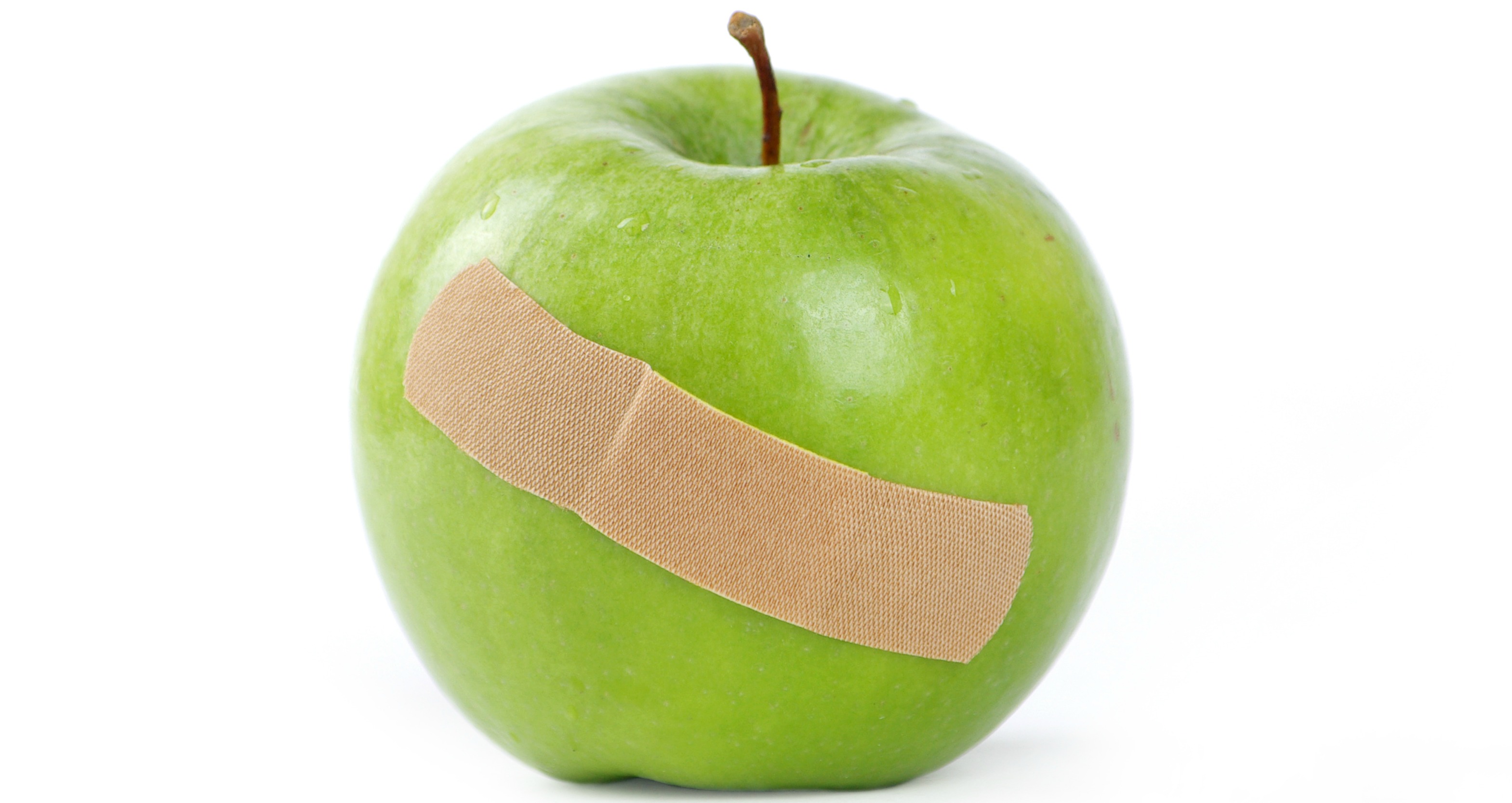It’s been a good week if you enjoy a little GMO schadenfreude. The FDA has reportedly bowed to public pressure to extend the comment period on its approval of genetically engineered salmon, and Illinois, Maryland, and Iowa are the latest states to buck GMOs by introducing labeling bills into state legislature.
Even the Supreme Court has an opportunity to take Monsanto down a peg. On Feb. 19, the court will hear arguments in a patent infringement case between an Indiana farmer and Monsanto (I covered it in detail here). If Monsanto prevails, it’ll move a few more paces towards agricultural monopoly; if it loses, the company will take a couple steps back. It’s encouraging that the Supreme Court chose to hear the case over the solicitor general’s urging to dismiss it, but Monsanto could have an inside man: As in other Monsanto-related cases, former Monsanto-lawyer-turned-Supreme-Court-Justice Clarence Thomas has no plans to recuse himself.
But GMOs took the biggest punch this week from academia: Tom Philpott highlights a USDA-funded study [PDF] by University of Wisconsin scientists who found that several types of GMO seeds (including Monsanto’s RoundUp Ready varieties) actually produce a lower yield than conventional seeds. Only one seed — a corn that produces its own pesticide to combat the corn borer — offers any significant yield benefit. In other words, planting most genetically modified seeds results in less harvest per acre than planting non-genetically modified seeds.
The researchers looked at 20 years of data from test plots in Wisconsin from 1990-2010, both on research plots and on plots in participating farmers’ fields. Philpott flags a key point from the study:
Then there’s the question of so-called “stacked-trait” crops — that is, say, corn engineered to contain multiple added genes — for example, Monsanto’s “Smart Stax” product, which contains both herbicide-tolerant and pesticide-expressing genes. The authors detected what they call “gene interaction” in these crops — genes inserted into them interact with each other in ways that affect yield, often negatively. If multiple genes added to a variety didn’t interact, “the [yield] effect of stacked genes would be equal to the sum of the corresponding single gene effects,” the authors write. Instead, the stacked-trait crops were all over the map. “We found strong evidence of gene interactions among transgenic traits when they are stacked,” they write. Most of those effects were negative — i.e., yield was reduced.
This matters because stacked-trait crops are a favored approach to combat the superweeds and bugs that are part and parcel of years of GMO crops. But the more you stack, the worse your yield. The scientists also found evidence of a “yield penalty” that comes simply from the act of manipulating plant genes.
In short, the more one meddles with plant genes, the worse yields get; when you change multiple genes at once, yields drop even further. This should give pause to those who see GMO seeds as the means to address more complex problems like drought tolerance, nutritional value, or plant productivity. These are traits involving dozens, if not hundreds, of genes. This study suggests genetic manipulation of food crops at such a scale is a losing game.
A few years ago, the Union of Concerned Scientists published a report with a similar conclusion, but this is one of the first rigorous attempts to establish through controlled experiments the yield benefit (or penalty) of GM seeds. The UW scientists do note that they determined that GM seeds do provide farmers with lower “yield risk”; essentially, that farmers are less likely to face catastrophic crop losses when using GMO seeds. But there are other conventional techniques that researchers have concluded can support yield, reduce environmental harm, and increase farmer income without having to pay big bucks to biotech companies.
Not that we should expect biotech companies to just roll over: With five such companies controlling nearly 60 percent of the global seed business, it may be impossible for farmers to find sufficient conventional seed. (Learn how the seed business became so consolidated in the Center for Food Safety’s new report “Seed Giants vs. U.S. Farmers.”)
But we should take what we can get. Between Supreme Court justices who may be fed up with the company’s aggressive intellectual property tactics and farmers who could get fed up with its ineffective intellectual property, Monsanto’s stumbles could mean a few sure steps forward for food growers and eaters.




